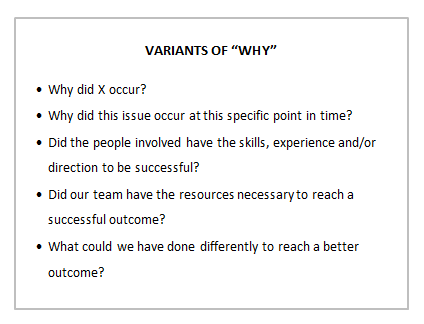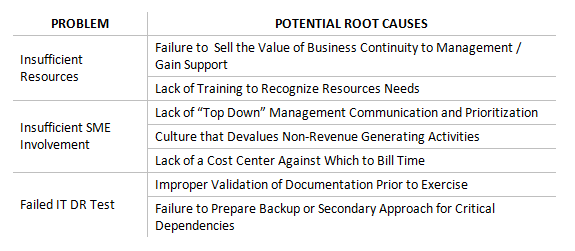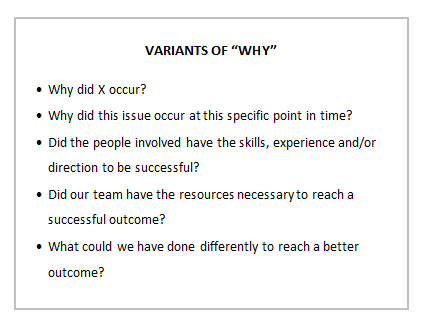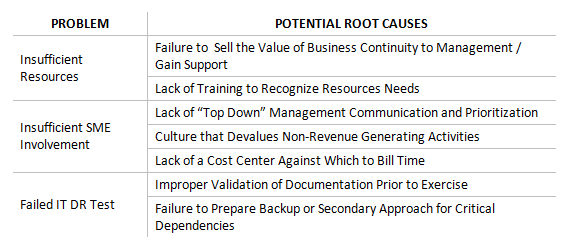Posted by: Lars Anderson, Director, Public Affairs
As the risk for severe weather conditions continue throughout parts of the Midwest and South, we wanted to take a second to remind everyone in areas expected to see severe weather to take necessary precautions now. We encourage all individuals in areas where severe weather is expected to listen to NOAA Weather Radio, especially as we head into the evening and overnight, and local news for severe weather updates and warnings and to always follow the direction provided by their local officials.
Here are a few severe weather terms you should familiarize yourself with now:
- Severe Thunderstorm Watch – Tells you when and where severe thunderstorms are likely to occur. Watch the sky and stay tuned to NOAA Weather Radio, commercial radio or television for information.
- Severe Thunderstorm Warning – Issued when severe weather has been reported by spotters or indicated by radar. Warnings indicate imminent danger to life and property to those in the path of the storm.
- Tornado Watch – Tornadoes are possible. Remain alert for approaching storms. Watch the sky and stay tuned to NOAA Weather Radio, commercial radio or television for information.
- Tornado Warning – A tornado has been sighted or indicated by weather radar. Take shelter immediately.
As weather conditions often change quickly, it’s important to stay updated on your local forecast conditions at weather.gov (or mobile.weather.gov on your mobile device).
If severe weather is expected in your area, keep in mind these safety tips:
- Continue to monitor your battery-powered radio or television for emergency information.
- Do not touch downed power lines or objects in contact with downed lines. Report downed power lines and electrical hazards to the police and the utility company.
- Injury may result from the direct impact of a tornado or it may occur afterward when people walk among debris and enter damaged buildings. Wear sturdy shoes or boots, long sleeves and gloves when handling or walking on or near debris.
- After a tornado, be aware of possible structural, electrical or gas-leak hazards in your home. Contact your local city or county building inspectors for information on structural safety codes and standards. They may also offer suggestions on finding a qualified contractor to do work for you.
Visit www.ready.gov/severe-weather for more tips on what to do if severe weather is expected in your area. You can also visit http://m.fema.gov for safety tips on your mobile device.



